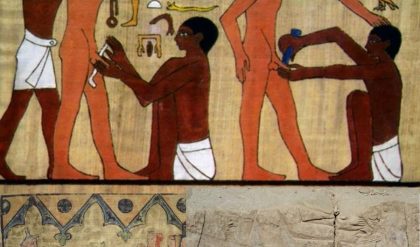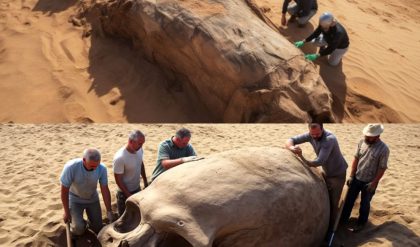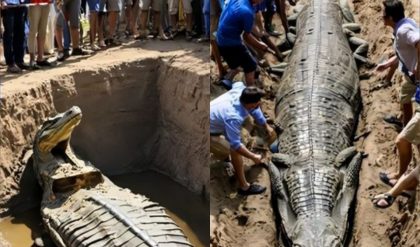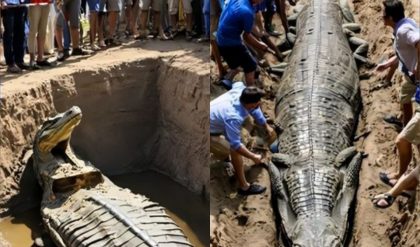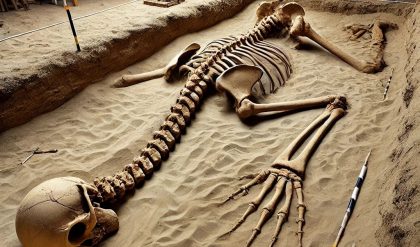
The Pharaoh in Question: A Brief Overview
The mummy in question belongs to Pharaoh Hatshepsut, a powerful female ruler who reigned during the Eighteenth Dynasty. Renowned for her ambitious building projects and successful trade expeditions, Hatshepsut defied traditional gender roles and established herself as one of Egypt’s most formidable leaders. However, her legacy was marred by the tumultuous events that unfolded after her death.
Upon Hatshepsut’s passing, the political landscape of Egypt shifted dramatically. Her stepson, Thutmose III, ascended to the throne, determined to erase Hatshepsut’s legacy and restore a patriarchal order. In a bid to reclaim power, Thutmose III engaged in a campaign to obliterate references to Hatshepsut, including the destruction of her monuments and erasure of her name from historical records.

The Mummification Process Gone Awry
The Discovery of the ‘Worst Mummy’
In 1903, the mummy of Hatshepsut was discovered by archaeologist Howard Carter in a hidden cache in the Valley of the Kings. The discovery shocked the archaeological community, revealing the extent of the damage done to her remains. Carter’s findings highlighted the struggle between Hatshepsut and Thutmose III, illustrating how personal and political motivations can intertwine even in death.

Legacy and Reflection


